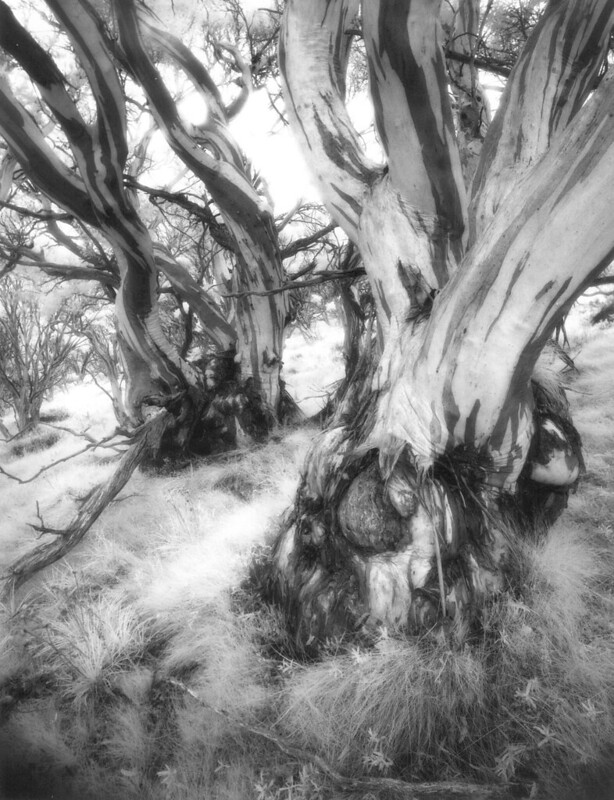alexn wrote:Beautiful image Maris..
This is the sort of tonality and texture that drew me to LF in the beginning...
Outstanding. I would love to see it printed large.
For those who don't mind a bit of reading instead of making photographs all of the time here is the synopsis of an essay I wrote recently:
Final image size is a practical and aesthetic decision. For years I made display size photographs but it's something I now regret. The sheer bulk, weight, and storage logistics of several hundred 16x20 mounted and matted photographs is rather daunting. Now I make only "lookers" rather than "displayers" and 8x10 photographic paper serves nicely and is easy to file and store. The history of photography is replete with names who made small pictures and Eugene Atget, Andre Kertesz, and Ed Weston come first to mind. I believe Atget, Kertesz, and Weston made small photographs as a deliberate choice.
Eugene Atget is mostly silent; we have only the photographs. His promoter Berenice Abbott did all the talking and ensured he was unchallengably famous from the moment she brought his work to the attention of influential (and impressionable?) Americans. We know Atget intended his photographs as "Documents for Artists" and that he deliberately used obsolete technology, one camera, one lens, glass plates not film, all photographs the same 18x24cm size; this in a world where enlarged photographs were already commonplace.
Edward Weston wrote in his Daybooks an entry dated July 14, 1924 "...when the result is to be enlarged to 8x10, slight defects are also enlarged. Then, too, the chemical quality is never so smooth - be the care ever so great, and the loss ever so little - in an enlarged negative, as in one made direct." The choice of the 8x10 photograph for
everything, and Weston never even owned an enlarger, did not obstruct him from perhaps the most exemplary photographic career of all time.
Andre Kertesz's photographs I have seen direct. His show "Form and Feeling: an exhibition from the Hallmark Photographic Collection" came to Brisbane in 1992. Kertesz's personal pictures, the ones he made himself were small, elegant, and intimate jewels. Some of his more famous images were enlarged to "blockbuster" size by K&L labs, a New York lab known for technical perfection. The big pictures, I reckon, were so alien to the original intent that they looked ugly and a little bit sad.
After all the above excuse-making I have to admit that sometimes bigger really is better. I remember holding Ansel Adams' "Tenaya Creek, Dogwood, Rain" in the vaults of the National Gallery of Australia. The photograph was out of its frame and I got lost in the rivers of brilliant detail that this 20x24 inch enlargement presented. It helped that original negative was an 8x10 on Kodak S 41. Lately I've come to own a "Tenaya Creek..." (expensive enough) but it is only an 8x10 and while it has fine detail and a beautiful run of tones it offers nowhere near the presence of the enlargement.
And a clinching argument? It is a nice consequence of smaller photographs that a typical computer monitor can display the derived electronic file about the same size as the original article. I think that's an approximation of authenticity worth keeping.
What special measures do you have to take when loading and unloading Efke IR820? I have been keen on getting some and doing some IR work.
All the 4x5 infrared is loaded in my darkroom with the usual precautions that work for every film. Fortune smiles on me and I have enough double-dark film holders and Grafmatics to load out about 100 sheets at a time. At a pinch motel bathrooms at night have worked up until now; fingers crossed. Rollfilm infrared I load into cameras even on sunny days with the only precaution being to do it in my own shadow. The "dangerous" part is daylight
unloading of rollfilm. Some cameras don't wind the film really tightly on the take-up spool and fogged edged can happen. Usually it's only the edge frame numbers that get spoiled; fingers crossed again.
